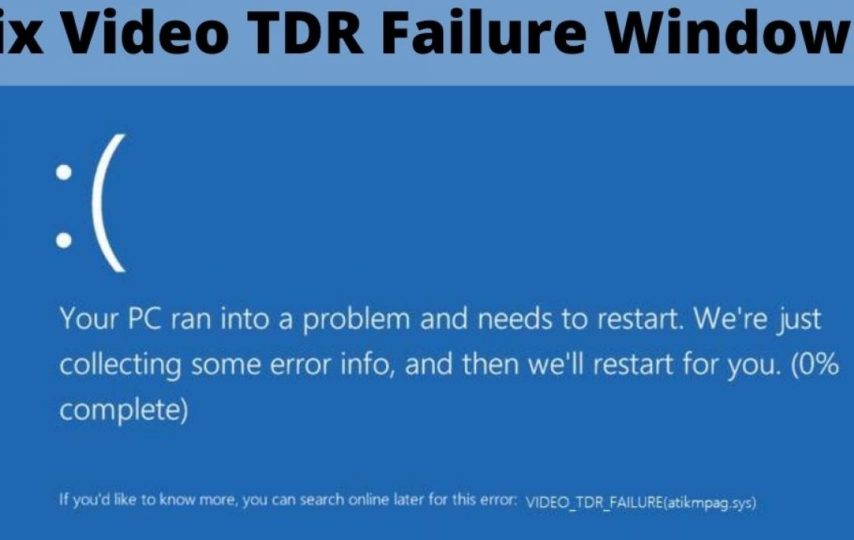A few weeks ago I got an email from a customer who was having a video TDR failure on window 10. The device was an older model and it failed on its first attempt, even before the manufacturers troubleshooting steps had been taken. The machine was left for a couple of days without any power or indication on the console about the failure. Luckily I was able to recover the data from the hard disc and to get the system up and running again.
How to Resolve S.M.A.R.T. Status BAD Backup and Replace Error
The drive in question is a Seagate Ultrasound card. This is one of the newer drives on the market and has a built in SMART indicator which is used to indicate the fail condition of the device. It should be noted that SMART is not a generic term. SMART stands for System, Maintenance, and Access Memories.
Why did the drive fail? Power should have been shut off prior to any attempted maintenance or preventive measures. Failure to do so will result in the drive failing as all power is needed to power the SMART drive. Windows however will attempt to determine the fault of the drive and will report the failure. There are other factors that contribute to the failure and once these have been identified it is possible to determine what happened to cause the failure.
What are the three parameters to Rate SMART Failure ?
The SMART failure mode is determined by the drive failing in three distinct ways. Firstly, it will fail to detect or report a full drive failure. Secondly, it will fail to detect a stationary read or write failure, or it will report a check engine light.
Attempts to bring the drive to a functional state from a functional state will also result in failure. This is commonly referred to as “safe Mode”. The drive is still at an unstable or damaged state from being turned into a failsafe mode. Video Data Recovery Software can be used to recover the lost data from this state and repair the drive, resulting in a full drive failure.
How to protect valuable data
If a SMART failure is detected, the drive will be considered bad (failing the SMART test) and will be diagnosed as having a “fatal” failure. The SMART test is designed to detect whether the drive is functioning physically and therefore not a “safe” operation. Once the SMART failure is confirmed, the drive is then considered bad and is required to be repaired, resulting in a full drive failure. To make full use of the Windows Recovery Tool, it is recommended that a restore point is created prior to any attempts to repair the drive. The restore point is a storage area that stores a copy of your operating system and all user settings on the hard disk in case of an accidental deletion.
The Windows Data Recovery Tool is not only useful for repairing a SMART drive but can be used to repair a logical drive failure. Logical failure occurs when the logical drive is inaccessible due to an unforeseen reason. To recover the lost data, you must re-attempt the installation of the operating system in order to access the files that were lost during the failed install. Once the install is complete and the drive is functioning normally, use the Windows Data Recovery Tool to re-install the operating system. This will reinstall the operating system and repair any damages that were incurred during the process.
When your computer displays a video message like the one displayed here, it is an indication that there is bad damage to the drive. This message can appear anytime, so make sure to take immediate action. If you try to open the drive, the operating system may refuse to boot because it believes the drive is already damaged. If you attempt to use the recovery software, you will receive an error message saying that a specific file is not available. It is therefore vital that you use the appropriate software to handle this situation, such as the Windows Data Recovery Tool.




